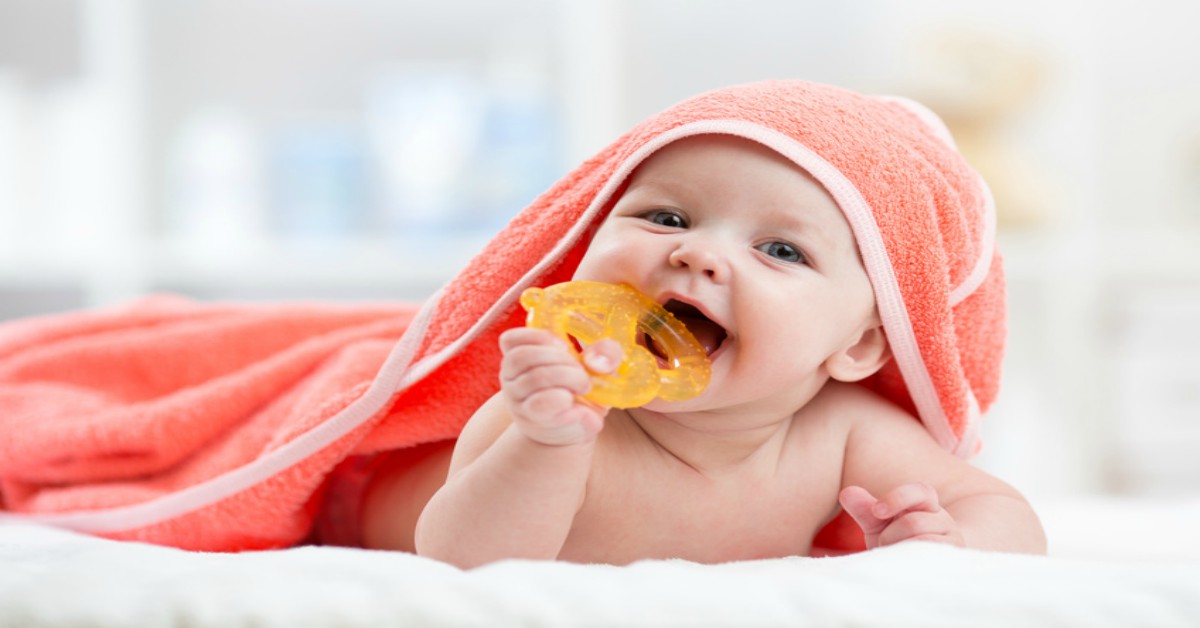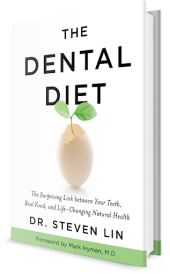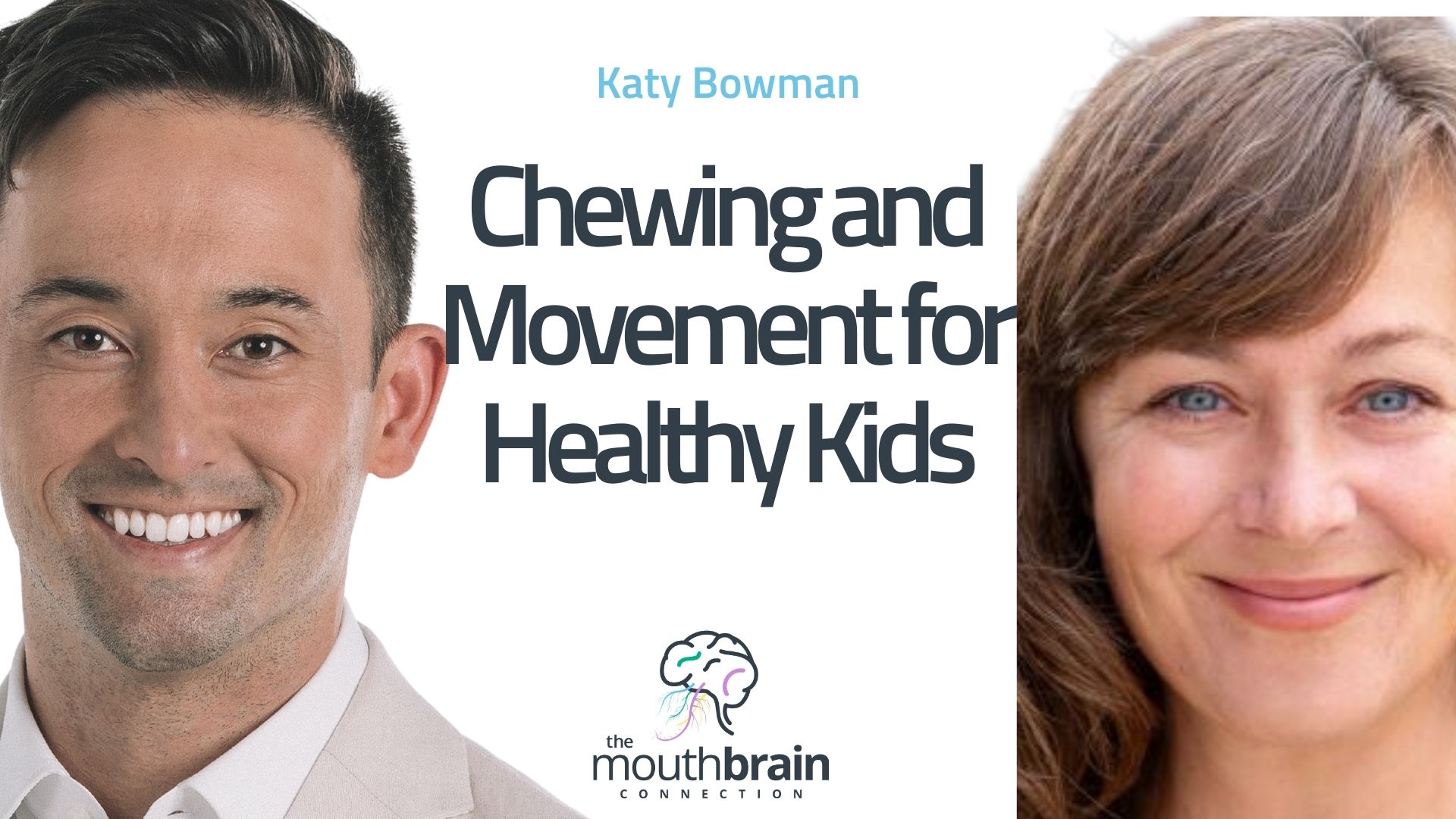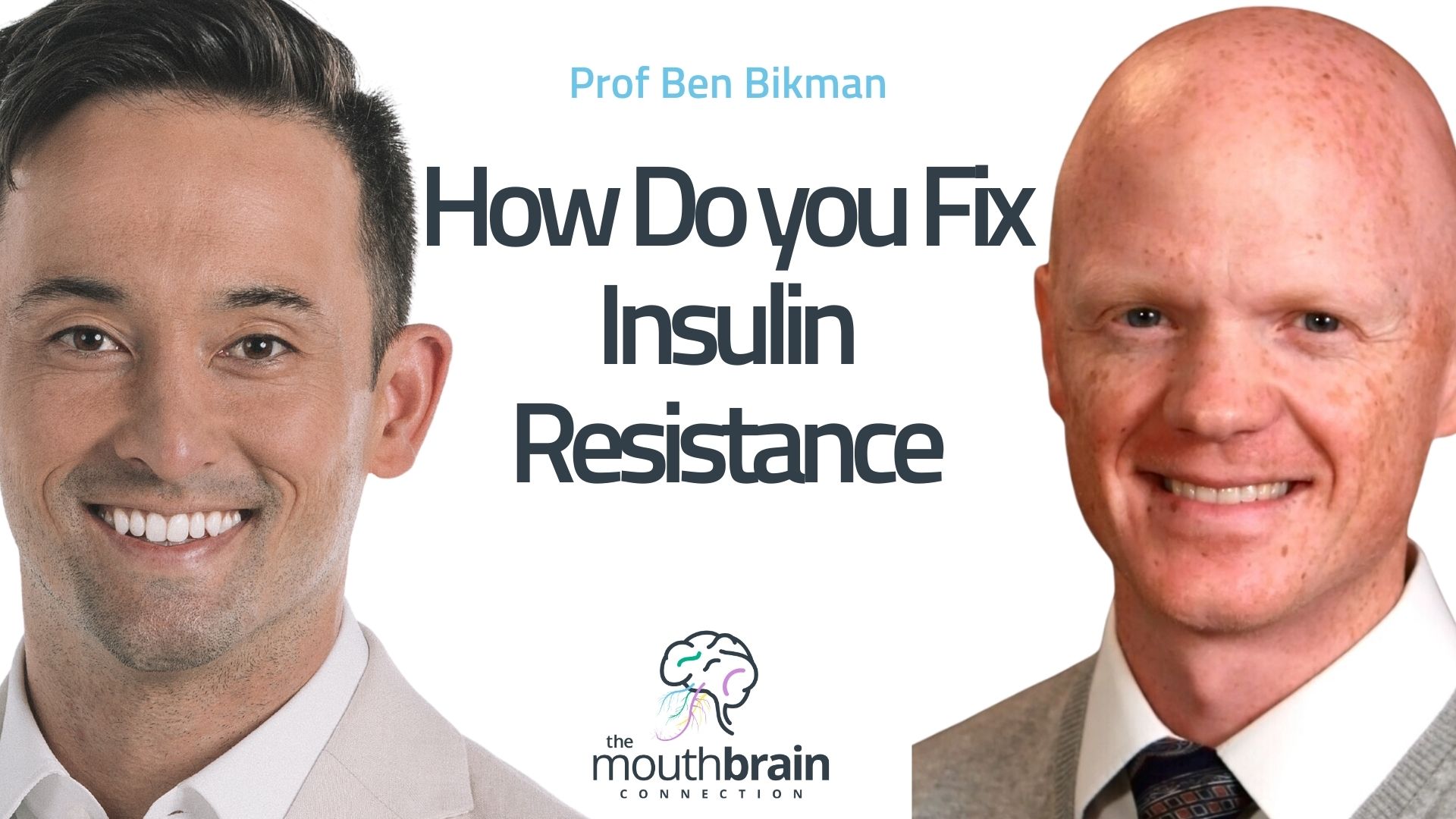
Your Ultimate Guide to Kid’s Dental Development – Part 3
Teething can be uncomfortable for both the baby and the parents. You might feel helpless as your baby works through teething, too young to understand exactly why their mouth hurts. But there’s actually a lot you can do to help make teething easier. Remember, everyone goes through teething and it’s a very natural process. That being said, here’s what you can expect when your baby begins teething.
When does teething begin?
Teething can begin as early as a few months, but typically it begins around six months old. Usually the two middle teeth are the first to erupt. Tooth eruption can take up to two years, with the molars coming in last but your baby won’t be teething this entire time.
Teething is the process where your baby’s teeth first cut through the gums and cause pain. Teething can technically occur before you even see the first tooth because of the pressure that’s created by the tooth pushing up against the gum.
What to expect during teething
While every baby differs during the teething process you can expect a few fussy nights, maybe even a couple of good crys. It’s important to try a couple different soothing options because each will work better for different babies. Ultimately, a little trial and error will go a long way but don’t be overly concerned if you can’t completely soothe them. Their teeth are erupting after all and some pain is to be expected. On the other hand, if discomfort seems excessive or goes on for a week or more, make an appointment with your doctor or dentist.
During teething your baby may be more fussy, but they shouldn’t develop a fever or seem sick. There’s a lot of misinformation online that makes it seem as though it’s normal for a teething baby to get a fever, but that is simply incorrect.
What are signs my baby is teething?
Some common symptoms your baby is teething include:
- Irritability
- Putting everything in their mouth
- Puffy gums
- Drooling
- Biting
- Decreased appetite
- Rubbing face
- Ear pulling
How can I help ease my baby’s teething?
Initially, it can be a little confusing when your baby starts teething. Often you aren’t sure why they are suddenly clinging to you, fussy or simply not their typical self. But once the teething process starts, there are several things you can do to make it easier on your baby.
1. Gum massage
Pressure often helps with the pain and swelling of teething. For some, the first signs a baby is teething is when they begin biting down on the sides of their crib. You can reach in your baby’s mouth with a clean hand and gently massage the tender gums. This can be quite effective at reducing your baby’s discomfort.
2. Cold or frozen washcloth or plush teething toy
These can be dipped in breast milk or chamomile tea, kept cold in the fridge or frozen. Plush materials and fabrics are better than plastics because they are more malleable and softer. These are also machine washable and can be safely left with your baby.
3. Harder teething toys
You might notice your baby prefers something harder than a washcloth and that’s very normal. For the same reason a gum massage works, using a harder teething toy might help add pressure and speed up the whole process for your baby. Make sure you find one that’s clean and completely safe.
You can use teething toys made of silicon, rubber, or toxin-free plastic. Sophie the giraffe is possibly one of the most famous teething toys and well liked by many babies. Though there are other options and it’s best to experiment a little to see which your baby likes best. Remember, teething can go on for a year so it’s worth finding what works.
4. Breastfeeding
Teething isn’t an indicator it’s time to stop breastfeeding. In fact, babies used to continue nursing long after their teeth came in. Also, for some babies the comfort and pressure of nursing are very soothing during this uncomfortable process.
5. Teething jewelry
Babies will reach up and grab pretty much anything to put in their mouth. Teething jewelry designed for moms allows you to carry teething relief with you at all times. While these items are pretty trendy, it’s still important that you make sure they are safe. Check that all teething jewelry is free of BPA, PVC, phthalates, latex, and completely non-toxic.
6. Chilled food
Sometimes babies lack an appetite when teething and cold food can help.
I want to mention that most convenience foods for babies are flat out junk. Somehow we’ve strayed so far from giving our babies nutritional foods, especially right after breastfeeding. Do not feed your baby highly processed, overly sugary applesauce, yogurt or baby food. Most baby food is not good and I seriously recommend making your own over most conventional brands.
Also, by giving our babies too many soft foods we are preventing their jaws from fully developing… but I digress.
Chilled food can offer your baby some relief and may make eating more successful. Though it may be counter intuitive offer completely soft foods aren’t always the best because pressure can be helpful when teething. Try soft frozen fruits like bananas. This advice is for babies that are already eating solid foods.
7. Breast milk ice cubes
Breast milk ice cubes are a great option for cold and nutritious for a teething baby. If your baby is very young, you can crush these up and add it to a cheese cloth or cloth tea bag for them to chew on.
Teething is a very normal process
Teething is a very normal process, though it can be tough. Especially if this is your first baby, it can make you feel somewhat helpless. Your presence is the most comforting thing during this time, so don’t be too hard on yourself and just try a couple of the tips above to make your baby more comfortable.
Do you have teething tips that worked for your babies? We would love to hear from you different ideas that helped make teething easier.
For more information on Dr. Lin’s clinical protocol that highlights the steps parents can take to prevent dental problems in their children: Click here.
Click below to order your copy now:
US AMAZON
US Barnes & Noble
UK AMAZON
Australia BOOKTOPIA
Canada INDIGO
Resources:








5 Responses
Would like to know more and be on your email list.
I wouldn’t have thought to make breast milk ice cubs. I wish I knew that when my daughter was teething. For my child, I’ll keep that in mind since you said that it’s a great option.
Thanks for sharing this .It is essential for all the mothers to know about it.I have a baby.So,It’s very helpful for me.
Hi Marian,
Thank you so much for your kind words! We’re glad that we were able to help.
Chelsea
Community Manager
http://www.drstevenlin.com
I had no idea that a baby started teething at around 6 months old. It is a good idea to remember to take care of their teeth as soon as they come out. Personally, I would want to hire a dentist to help me with this.